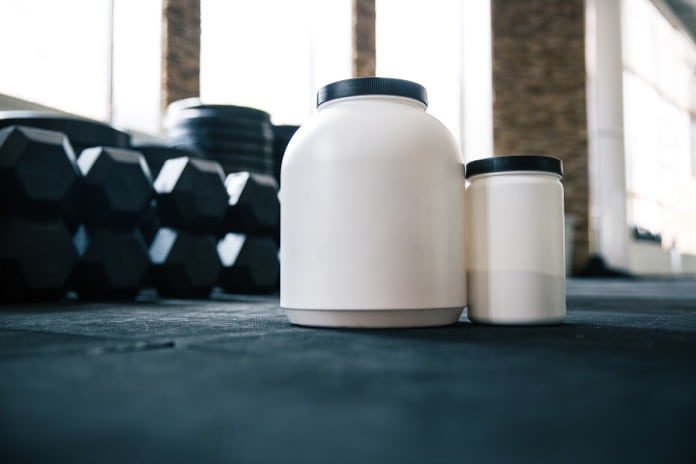A team of Norwegian nutritionists compared native and regular whey proteins to determine which supplement is most effective at building muscle.
As any bodybuilder would tell you, protein intake is essential for stimulating muscle growth after exercise. Protein powders such as whey or soy are particularly popular amongst muscle builders to boost their protein intake.
However, native whey, a specific form of whey protein, has dominated the supplement market after being branded as a “cleaner” and “superior” source.
Many advertisements claim that native whey can stimulate muscle growth several times more than regular whey proteins. To test this common claim, a team of Norwegian researchers compared the two supplements in a double-blind, randomized trial.
Native Whey versus Regular Whey – A Randomized Trial
Whey proteins, both regular and native, are byproducts of the cheese-making process. By adding acid to milk, cheese makers can coagulate and filter out milk proteins.
Any leftover soluble protein can then be processed to make whey. For regular whey, the solution is heated to denature any remaining proteins, which damages and degrades amino acids.
By eliminating this step, native whey ends up containing a moderately higher concentration of the essential amino acids needed for muscle growth.
To determine whether this means that native whey can promote faster muscle protein synthesis in athletes, a Norwegian research group had 22 young men and women ingest either 20 g of native whey, regular whey, or plain milk immediately after and two hours after a session of heavy-load lower body resistance exercise.
Blood samples and muscle biopsies were collected to measure amino acid levels and the rate of muscle protein synthesis at three and five hours after taking the supplements.
Higher Blood Amino Acid Levels Do Not Mean Faster Muscle Growth – Trial Results
In their results published in the Journal of the International Society of Sports Nutrition, the researchers revealed that while native whey increased the concentration of blood amino acids more than regular whey or milk, it was not superior in terms of muscle protein synthesis.
During the five-hour period after exercising, researchers found no significant differences in muscle protein synthesis rates in athletes consuming either regular or native whey.
The nutritionists theorize that while consuming native whey might lead to higher levels of amino acids in the blood, there remains a limit as to how fast the amino acids can be transported into the muscle cells, which in turn, restricts how fast muscles can grow.
It seems like increased blood amino acid levels can’t make muscles grow any faster, but can they make muscles grow for longer? The researchers are now looking to assess whether native whey could improve muscle growth upon long-term muscle training.
By giving the muscles more time to absorb the amino acids in the blood, perhaps native whey can allow muscles to maintain a heightened muscle protein synthesis rate for longer.
In this case, native whey proteins could still be a better choice after a long workout, but only further research can tell.
Written by Calvin J. Chan, B.Sc.
Reference: Hamarsland, H., Nordengen, A.L., Aas, S.N., Holte, K., Garthe, I., Paulsen, G., Cotter, M., Borsheim, E., Benestad, H.B. and Raastad, T. (2017). Native whey protein with high levels of leucine results in similar post-exercise muscular anabolic responses as regular whey protein: a randomized controlled trial. Journal of the International Society of Sports Nutrition. 14:43.



